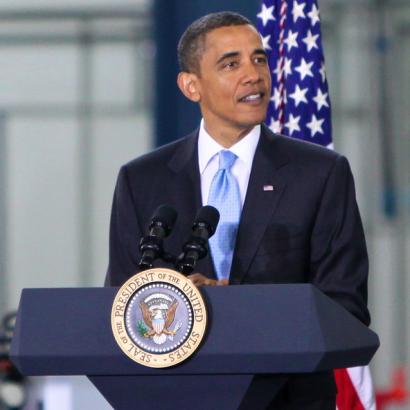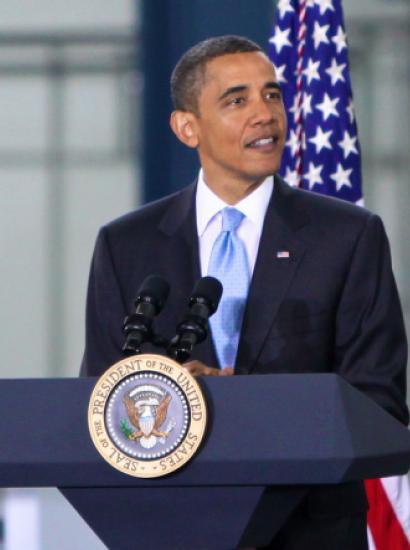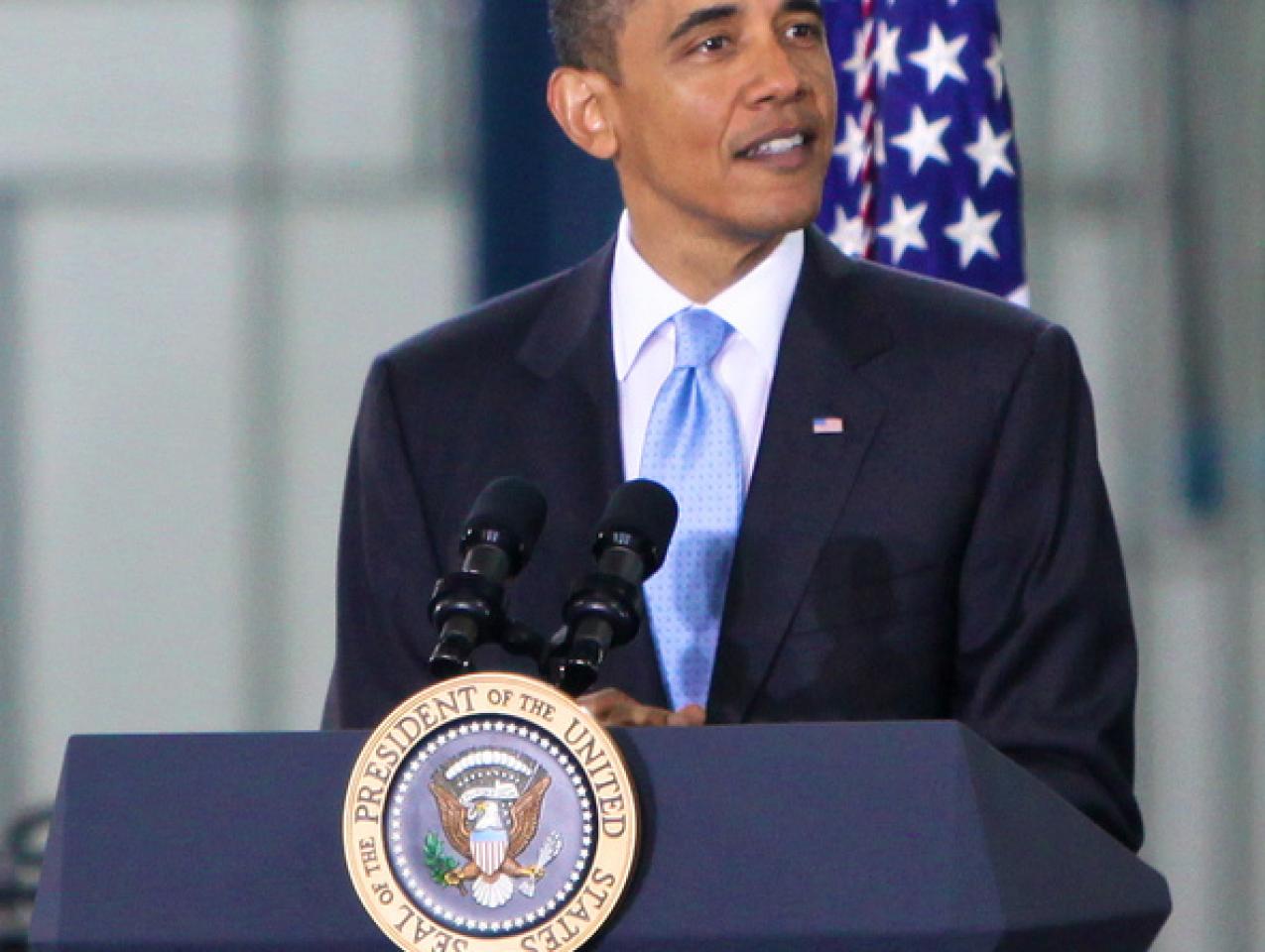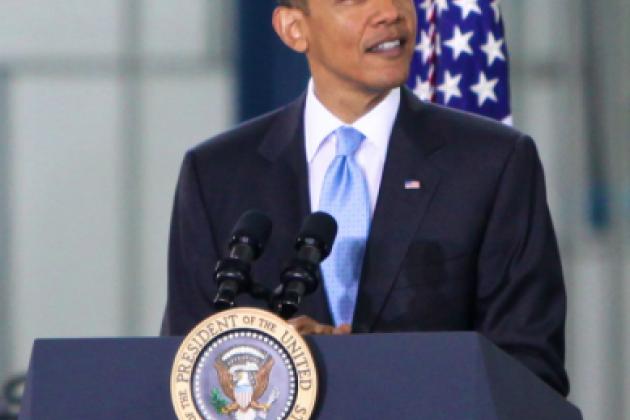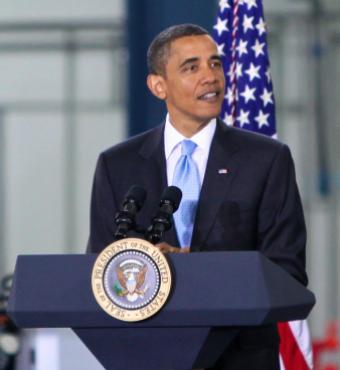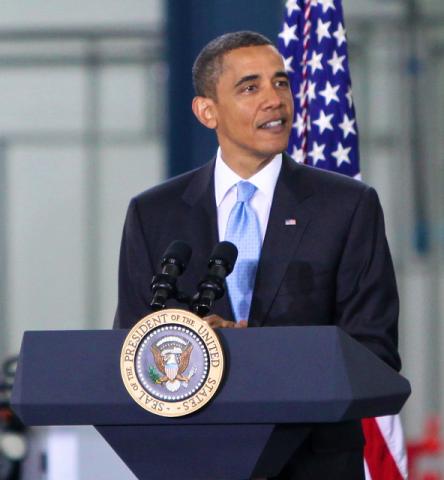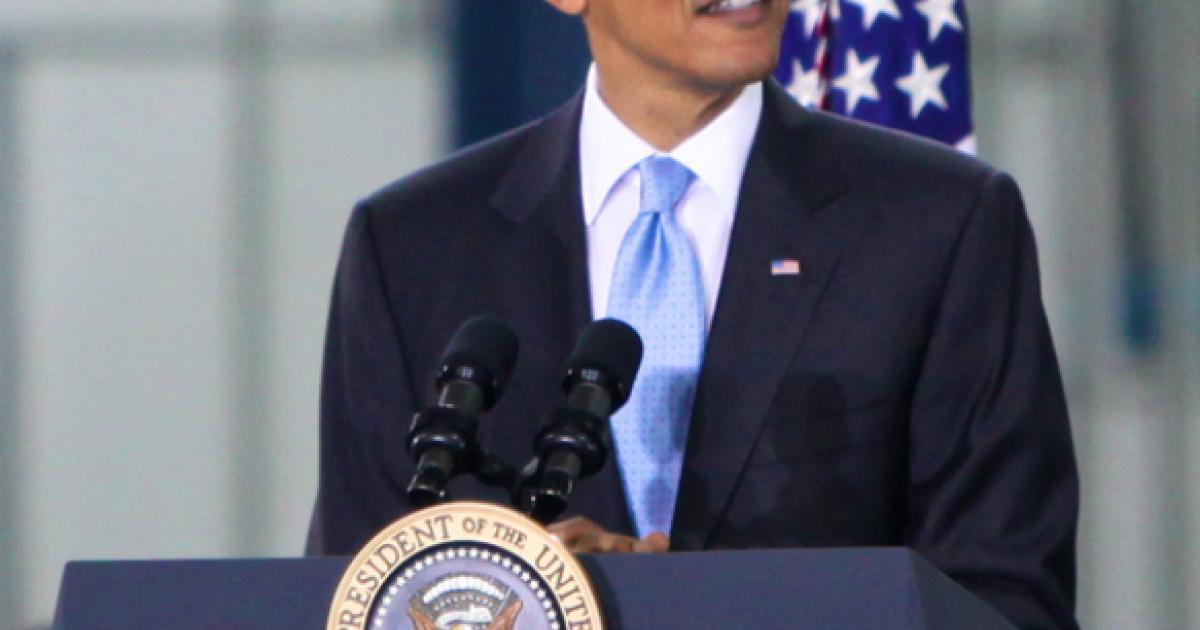When Barack Obama was President of the United States, he eagerly used his “pen and phone” to achieve his grand environmental objective of locking up public lands to keep them from private use. In January 2017, he used the Antiquities Act of 1906 to designate 1.3 million acres of land in Utah as a National Monument. The month before he mounted an all-out resistance to both the Keystone XL pipeline and the Dakota Access pipeline—two projects that offered more reliable delivery of oil and fewer adverse environmental effects than the railcars and trucks that they displaced.
Citizen Obama uses a different playbook now that he is embroiled in his own personal land-use controversy. The Obama Foundation is in a fierce struggle over its proposal, now before The Chicago Parks Commission, to locate the new Obama Presidential Center (OPC) in the high-rent district of Jackson Park on the South Side of Chicago. The park is now a scenic area near Hyde Park, originally designed by the great landscape architect Frederick Law Olmsted. Many compelling objections to the Jackson Park location are outlined in an excellent group letter (to which I added my name) by over 200 University of Chicago professors, as well a powerful letter to The Chicago Tribune by Professor W.J.T. Mitchell, one of the leaders of the opposition, who rightly blasts The Tribune’s architectural critic Blair Kamin for his defense of an ungainly project, which is just too big for its proposed home.
Here are the salient objections. The proposed 20-acre site will have its epicenter—a massive tower that could reach 160 to 180 feet—near East 60th Street, close to both the Museum of Science and Industry as well as the University of Chicago, two major South Side institutions. The scale of the major and auxiliary buildings requires closing a six-lane north-south artery, Cornell Avenue, which winds its way through the park. As a result, the city of Chicago, which is hard-pressed for cash, will have to spend untold millions to make major alterations to expand two nearby arteries, Lake Shore Drive on the east and Stony Island Avenue on the west. Additional parking facilities will have to be built somewhere inside the park. Meanwhile, an initial OPC proposal to build a massive structure above ground was withdrawn after it was met with a chorus of boos. But Chicago’s high water table makes it an expensive proposition to build a substitute facility below ground. The tight boundaries around the complex will make it difficult to develop complementary businesses in the immediate neighborhood.
There are, as the critics point out, a number of less fancy sites on the South Side that present none of the planning tangles of the proposed OPC project. Washington Park, for example, is a larger tract of largely undeveloped space located just west of Hyde Park that could easily house the OPC, leaving it room to grow. It is also near a major expressway and has space for neighborhood businesses to develop. Similarly, South Side locations could be developed without the massive reengineering of existing facilities. It is an open secret the Obama forces are doing what’s best for themselves by trying to locate the facility in a posh neighborhood without regard to the negative consequences on the rest of the community.
In making its demands for the new facility, the OPC notes correctly that Jackson Park is not held in “public trust” and thus is ripe for development. But beware of hidden technicalities. The public trust doctrine dates back to the famous, if Delphic, 1892 Supreme Court decision in Illinois Central Railroad v. Illinois. It provides that public trust lands, like Lake Michigan and its adjoining beach, cannot be sold or given away by the state. This restrictive principle is in practice quite perverse, insofar as it blocks perfectly sensible transactions between the state and private parties that work to the mutual benefit of both sides. The correct approach, therefore, should scrutinize the transaction to ensure that the state receives cash and in-kind benefits that exceed the value of the property it surrenders. (The private party, like the Obama Foundation, can take care of its own interest.) The just compensation requirement operates in the same way as in ordinary takings cases, only in reverse, because the government is disposing of the land and not acquiring it. First, it preserves fairness by making sure that both sides come out ahead. Second, it imposes a price constraint on the private party to incentivize it not to take deals that make no sense in the first place. The OPC is not exempt from these rules because of its lofty ambitions.
Since Jackson Park is not held in public trust, Chicago can make a deal with any private party. But that added freedom does not remove from it the obligation to receive a fair value for what it transfers—including valuable building rights on public lands. Some years ago, I described this public trust doctrine as the inverse of the takings clause: “nor shall public property be given to private use, without just compensation,” in order to make sure there is no sweetheart deal in either direction.
There is no way that this Jackson Park transaction passes that fair-value test. Chicago receives no direct compensation in cash or kind from the transaction. Instead, it suffers three kinds of losses. The first is the financial obligation to retrofit the park to accommodate this oversized project. The second is the loss of amenities in Jackson Park and its surroundings. The third is the long-term inconvenience and delay to the many commuters and visitors who today use the park’s roads and other facilities. The deal would fall apart if the Obama team were required to compensate the City for these losses. Yet the balance is far different with virtually all the other sites on the South Side, like Washington Park. There, the new center could act as a magnet that would increase the value of nearby parcels of land, which would benefit greatly from the increased commercial and tourist traffic generated by the project. And the close access to Chicago’s expressway system would reduce the cost and inconvenience of reconfiguring city streets.
The above analysis offers a clear blueprint by which to evaluate the transfer of public lands to private parties. Unfortunately, the relatively clear tests for major land use decisions has been aggravated by the so-called “exaction problem.” The current system of public deliberation rightly allows community members to articulate the pros and cons of the proposed transfer so that the Park Commission has all the relevant information to make an informed decision about the Obama Foundation proposal. That is no easy task when so many of the values at stake are intangible in nature. But it is perfectly commonplace, indeed virtually obligatory, for today’s interest groups to do more than state their preferences and make suggestions about project implementation. The deliberative process also allows them to demand that some portion of the supposed gain from the project be directed their way. These demands are backed by the threat to try to block the project.
The instrument of choice to extract these benefits is the community benefits agreement (CBA), which is a contract between a developer and representative community organizations that set out binding obligations that the developer owes the community. When negotiating a CBA, community representatives typically try to obtain some collateral benefits for the community that, unlike safeguards against pollution and congestion, lie outside the scope of the project. These agreements are notoriously difficult to negotiate because it is never clear which groups represent the community and what benefits they should be able to extract from the project. With the OPC, some of the groups demanding the CBA are organized along racial lines. The Obama Library South Side Community Benefits Agreement Coalition has presented the OPC with an expensive list of demands, such as setting aside certain OPC jobs for black workers, creating affordable housing elsewhere on the South Side, and offering subsidies for various black-owned business. This triggered a set of demands from a group led by the Hispanic American Construction Industry Association, who claim that they were not adequately consulted during the formation of the project, which accordingly denied them their proper share of the local goodies.
So far, the Obama Foundation has played hardball, refusing to sign any such agreement, knowing of course that formally assuming these duties will drive up the cost of the project and raise concerns from present and future donors that their gifts are being diverted to purposes they do not share. The ironies here are clear. The Obama Foundation is using techniques against the community that the Obama administration would never have tolerated by other well-heeled groups. At the same time, the OPC may well be done in by the exact type of CBAs that the administration routinely accepted. Given the location and expense of the OPC, let us hope that the Parks Commission will slap down the grandiose plan.








